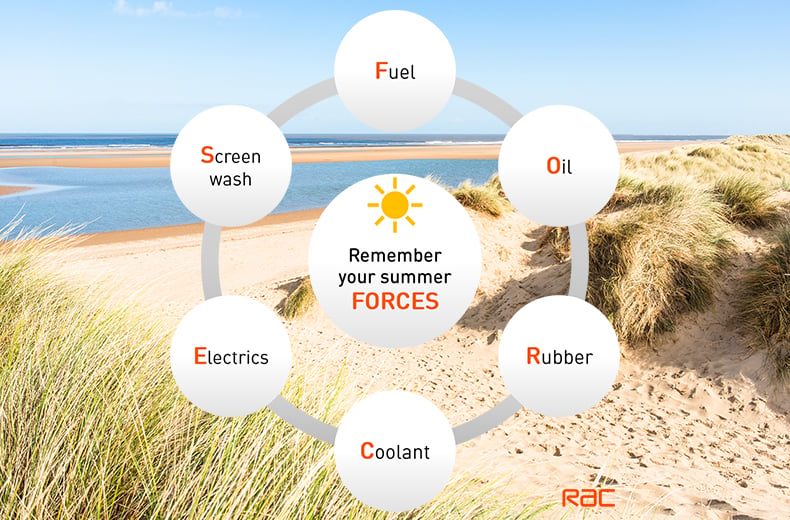Car becomes sticky
If you park under a tree in the summer, you may not notice the effects until you run your hand over the paintwork – then you’ll discover sap from the tree has collected in tiny sticky droplets all over your car.
If it is left, the sap will harden and can cause paint damage: it is best removed with lots of water and a hot, soapy shampoo solution. It also covers windscreens too: this is why you need a good summer solution fluid in the windscreen washer bottle (and plenty of it).
The best course of action is the clean your car regularly, but check out our guide on how to remove scratches from your paintwork if you do notice any damage.
Car becomes slower
Sensitive drivers may notice their car feels more lethargic in the summer months, particularly if the engine is smaller and less powerful. Acceleration can seem slower and response not quite as crisp as in the winter.
This is because hot summer air is less dense (the mass of air divided by its volume), and so creates a smaller ‘bang for your buck’. The difference isn’t great but it does knock a little off engine performance, and can also affect fuel economy too. The flipside is, engines will perform better on cool, crisp mornings!
Remember your car checks with Summer FORCES

Remember the acronym ‘FORCES’ and you’ll go a long way to ensuring your car is ready for any long drive.
F is for FUEL
Ensure you have enough fuel for your journey. Cars use more fuel in heavy traffic and start/stop conditions which can be regular occurrences, especially in warm weather.
O is for OIL
To avoid engine damage and a potential breakdown, remember to check your oil level and top up when necessary to reduce the chances of overheating in traffic.
R is for RUBBER
Your tyres can tell you a lot about how your car is performing. If they aren’t wearing evenly, then tyre pressures may be mismatched or there could be a fault with the steering.
Check that all four tyres have at least 3mm of tread and are inflated to the correct pressure – this is vital to maintaining good grip in wet and even icy conditions. For everything you need to know about how to check your tyres you can read our how to check your tyres advice complete with short video.
Also take a look at your wiper blades to ensure they’re clearing the screen effectively and that the rubber has not perished.
C is for COOLANT
This does a vital job in ensuring the engine runs at the right temperature. If it’s not between the ‘min’ and ‘max’ levels, this could be the sign of a problem so contact a good garage without delay.
E is for ELECTRICS
Your wipers will help keep your windscreen clear of bugs, and you’ll need your lights on during any heavy downpours. The electrics also control your indicators and windows, so check there are no problems.
S is for SCREENWASH
Top-up your windscreen washer fluid by using a good quality screenwash, nobody wants bugs and seagull poo all over their windscreen after a trip to the beach.

